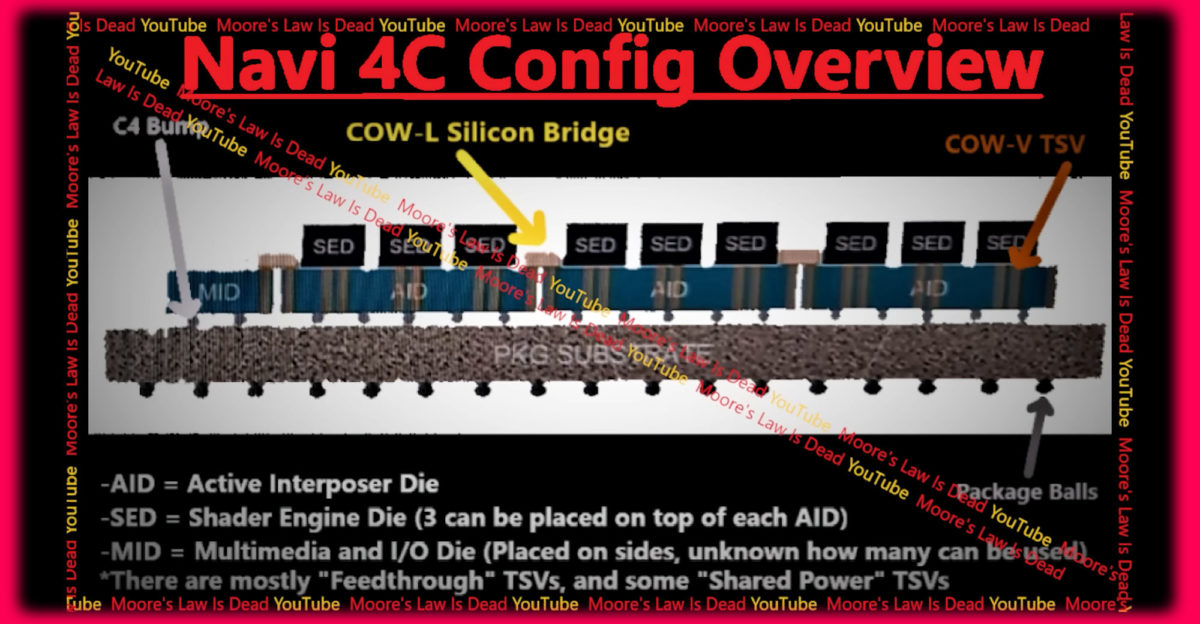A few days ago we saw information that ensured that the RDNA4 architecture would not be used in high-end graphics cards and that we would not even see high-end models based on this architecture. We were not clear at the time Why would AMD make such a decision?especially considering all the improvements Sunnyvale has made in terms of raw performance with the Radeon RX 6000 and RX 7000. In general, it’s clear that this would be like taking two steps backwards.
Like I said, we didn’t know what could lead the company that Lisa Su leads to go down this path, but it was rumored that it could all be due to AMD’s overreliance on chiplet designs, and Sunnyvale’s alleged inability to design high-performance monolithic GPUs. That made sense, but we had no hard evidence to bolster the credibility of the rumor, something that has completely changed today.
A leak of the supposed design that AMD was going to use in the NAVI 4C GPU has spread like wildfire across the internet, giving us some very valuable context to flesh out our ideas a bit. First, let’s interpret the image. Have basic substrate on which AID, short for “Active Interposer Die”and SED, short for “Shader Engine Die”. We can mount a total of three SEDs in each AID.

It is important that you keep in mind that each of these components has its own package, that is, it is a chiplet, and we also have a MID, which stands for “Multimedia I/O Die), which would include the input and output multimedia subsystem. If we do the math in the picture we see a total of 13 chiplets which of course would use the most modern TSV (Through Silicon Via) interconnection system.
To all this we have to add L3 cache memory chiplets and a dedicated memory controller chiplet, which means that NAVI 4C would actually have at least 20 chips. Now think about how difficult it would be to make all these chips work together properly, keep latencies low and without problems and errors when working at high frequencies.
It is clear that this design is extremely complexand the truth is, it helps us understand a little better why AMD would choose to cancel the top-of-the-line GPUs under its RDNA4 architecture. In theory, NAVI4C and this modular design were supposed to be the basis of the most powerful graphics cards in AMD’s new generation based on the RDNA4 architecture. mid and lower mid range models will use a monolithic core design which will likely be an evolution of what we saw with the top generation RDNA3.














